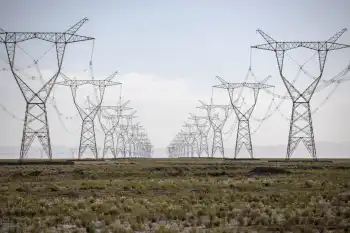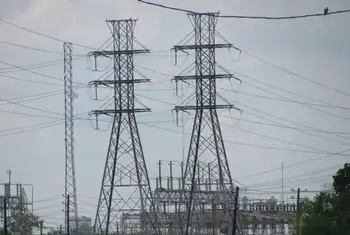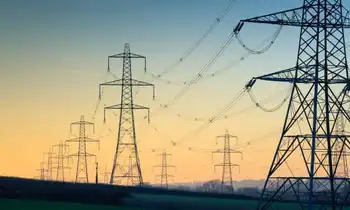An NDP government would make hydro public again, end off-peak pricing, Horwath says in Sudbury

Arc Flash Training CSA Z462 - Electrical Safety Essentials
Our customized live online or in‑person group training can be delivered to your staff at your location.

- Live Online
- 6 hours Instructor-led
- Group Training Available
Ontario NDP Hydro Plan proposes ending time-of-use pricing, buying back Hydro One, lowering electricity rates, curbing rural delivery fees, and restoring public ownership to ease household bills amid debates with PCs and Liberals over costs.
Key Points
A plan to end time-of-use pricing, buy back Hydro One, and cut bills via public ownership and fair delivery fees.
✅ End time-of-use pricing; normal schedules without penalties
✅ Repurchase Hydro One; restore public ownership
✅ Cap rural delivery fees; address oversupply to cut rates
Ontario NDP leader Andrea Horwath says her party’s hydro plan will reduce families’ electricity bills, a theme also seen in Manitoba Hydro debates and the NDP is the only choice to get Hydro One back in public hands.
Howarth outlined the plan Saturday morning outside the home of a young family who say they struggle with their electricity bills — in particular over the extra laundry they now have after the birth of their twin boys.
An NDP government would end time-of-use pricing, which charges higher rates during peak times and lower rates after hours, “so that people aren’t punished for cooking dinner at dinner time,” Horwath said at a later campaign stop in Orillia, “so people can live normal lives and still afford their hydro bill.”
#google#
An NDP government would end time-of-use pricing, which gives lower rates for off-peak usage, Howarth said, separate from a recent subsidized hydro plan during COVID-19. The change would mean families wouldn't be "forced to wait until night when the pricing is lower to do laundry," and wouldn't have to rearrange their lives around chores.
The pricing scheme was supposed to lower prices and help smooth out demand for electricity, especially during peak times, but has failed, she said.
In order to lower hydro bills, Horwath said an NDP government would buy back shares of Hydro One sold off under the Wynne government, which she said has led to high prices and exorbitant executive pay among executives. The NDP plan would also make sure rural families do not pay more in delivery fees than city dwellers, and curb the oversupply of energy to bring prices down.
Critics have said the NDP plan is too costly and will take a long time to implement, and investors see too many unknowns about Hydro One.
"The NDP's plan to buy back Hydro One and continue moving forward with a carbon tax will cost taxpayers billions," said Melissa Lantsman, a spokesperson for PC Leader Doug Ford.
"Only Doug Ford has a plan to reduce hydro rates and put money back in people's pockets. We'll reduce your hydro bill by 12 per cent."
Ford has said he will fire Hydro One CEO Mayo Schmidt, and has dubbed him the $6-million-dollar man.
Horwath has said both Ford and Liberal Leader Kathleen Wynne will end up costing Ontarians more in electricity if one of them is elected come June 7. Their "hydro scheme is the wrong plan," she said.











